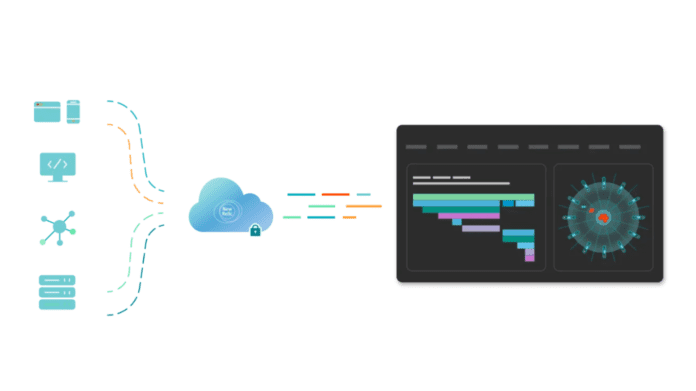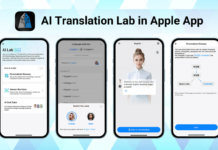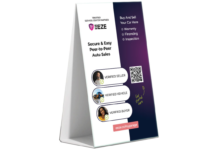The recent aircraft crash in China again brought to the fore the importance of black box data for flight monitoring and, in this case, crash analysis. Black Box or ‘Flight Data Recorder’ compiles data from all the sensors and other types of equipment on board to help the ground crew and the on-flight crew to understand the status of the aircraft. Apart from this recorder, the plane also has several types of equipment that aid in real-time monitoring and analysis. The technology has become so prominent and efficient that it has also started appearing in some on-ground automobiles. In a similar setup but in an entirely different scenario, some of the most advanced IT infrastructures today also require real-time monitoring and that is where the Observability platform comes into play. They run applications that could lead to a world of chaos if it ever crashes. Observability platforms help keep these applications up.
The advanced observability platform that we see today is about effectively collecting real-time operational insight of how the IT infrastructure of a company works, whether that’s on its B2C engagement learning channel, IT operations, or online channel business operations, and bringing that into a view where organizations have real-time insight to make decisions. It can be used to surface data and insights about customer engagement, issues resolution, or to achieve business optimization. Observability platforms can ingest data from anywhere and visualize the information in a way that allows organizations to take informed actions for their business. Observability platforms provide organizations the ability to understand the internal and current state of an IT system based on the data it generates such as metrics, logs and traces. This data can be processed into events and KPI measurements to drive actionable insights into system performance and security.
New Relic, a US-based software company that specializes in software solutions for tracking performances of IT infrastructures, recently expanded its operations in India. The company is already credited for being part of the success of many companies in India including Capillary Technologies, CaratLane, Practo, Unacademy, ZestMoney and more. New Relic also played an important role in the rollout of the Aarogya Setu app, an Indian COVID-19 ‘contact tracing, syndromic mapping and self-assessment’ digital service developed by the National Informatics Centre under the Ministry of Electronics and Information Technology. The top executives of the company, Ben Goodman, SVP of Asia Pacific and Japan and Vidhur Bhagat, General Manager, Enterprise Business India joined in the conversation.
Developing ‘insight’ in IT
What began as a tool to understand application habits later moved toward cloud solutions with increasing reliance on virtual infrastructure and networking. Ben further revealed, “The version of observability we have today covers cloud operations, applications, to synthetics and helps application software become a core part of any business.” Vidhur further explains, “Observability has been a buzzword in the IT Ops, DevOps, and Security Ops space for a few years now. While the roots and origin go back to the 1960s, if we read about control theory, the debate around observability continued until 2019.”
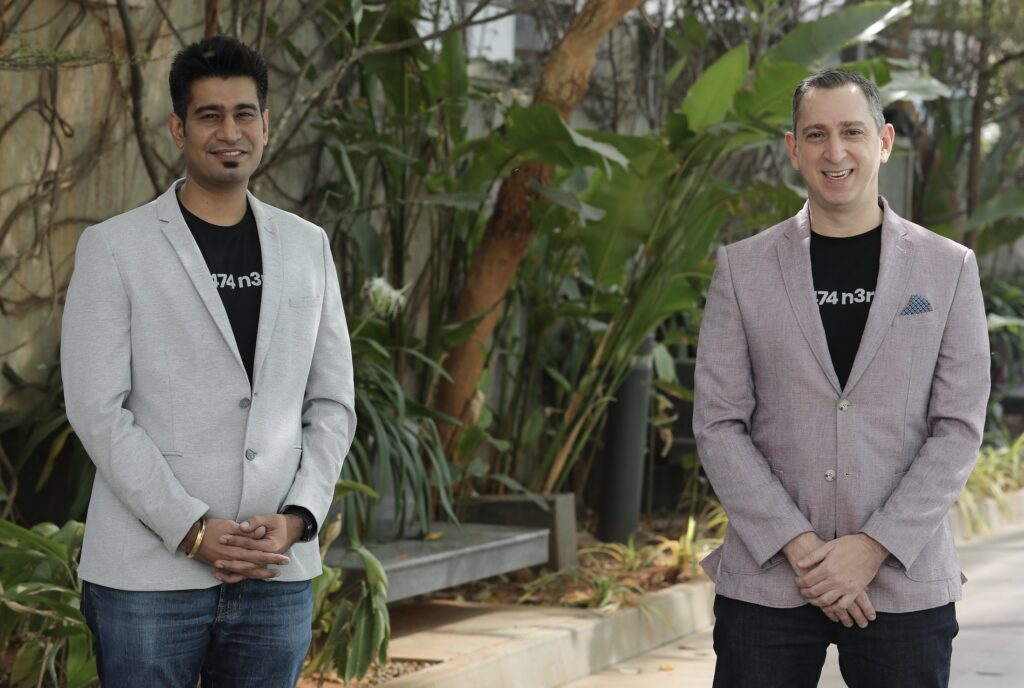
Today, an observability platform is the core domain for developers, site reliability engineers (SREs) and business analysts. Globally, there are about 15 million developers. If you look at the Asia Pacific and Japan (APJ) region, there are about 7.4 to 8 million developers, SREs and business operations specialists whose craft is built around insight and actionability. Ben predicts that the userbase among developers and SREs across the Asia Pacific and Japan region is growing at a CAGR of 9 percent. The rising adoption of cloud and digital technology is largely responsible for the growth of the observability market, added Vidhur.

Businesses today increasingly depend on digital channels for customer satisfaction and revenue. 80-90% of the end-user wait time is experienced in web browsers and across the network. Therefore, organizations that are focused only on uptime miss huge opportunities to increase customer engagement and improve business results. This is where observability and New Relic come in to help customers optimize their monitoring portfolio to drive business outcomes.
Analyzing data from the customers, for the customers
Ben explained that Observability is a platform that helps organizations to run their systems more efficiently, consistently. Observability platforms are also used as perpetual optimization tools by organizations who are either running in the cloud or migrating to the cloud. In the world of Digital Marketing, the Observability platforms are preferred to gain real-time insights about customer experiences. Ben shares an example for this, “Consider abandoned carts on e-commerce sites. Understanding how many carts were abandoned because of bad experiences versus a bad payment gateway could be key. If you can tackle that in real-time and feed that into a workflow, you can drive monetization.”
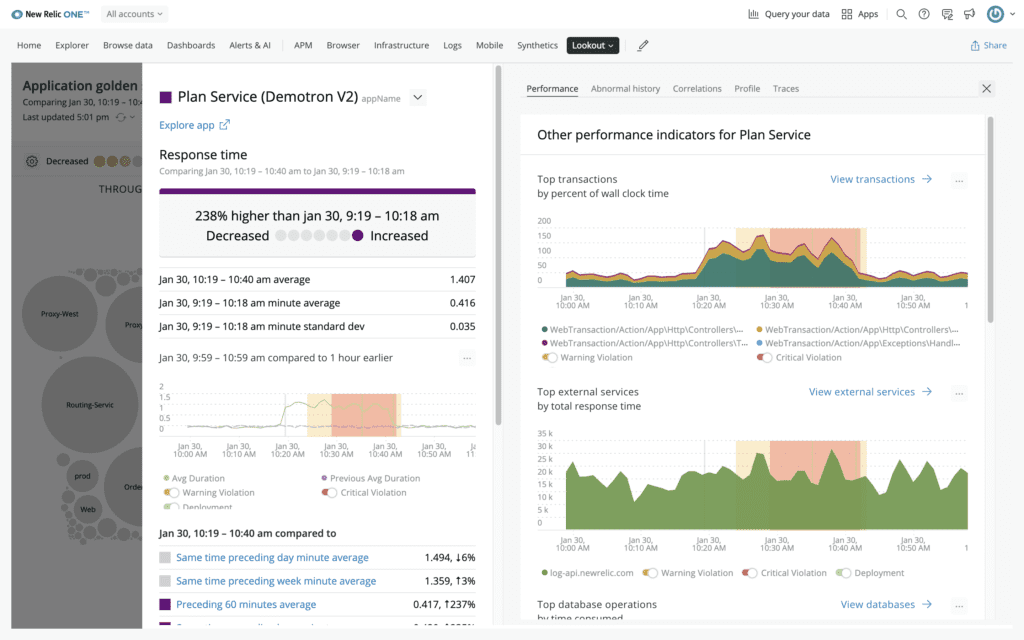
The most popular use case of the Observability platforms is the real-time insight of the project they are working on. It helps the developers drive better productivity, gives visibility on how successful they are with their goals and even fosters cross-border collaboration. This in turn helps in employee retention and development.
Vidhur says, “New Relic Digital Experience Monitoring (DEM) solutions empower DevOps teams to benchmark and improve web and mobile performance. By extending New Relic from applications and infrastructure into websites, mobile apps, and all critical endpoints, teams can troubleshoot production incidents faster, and optimize the customer experience across web and mobile, in one unified platform.”
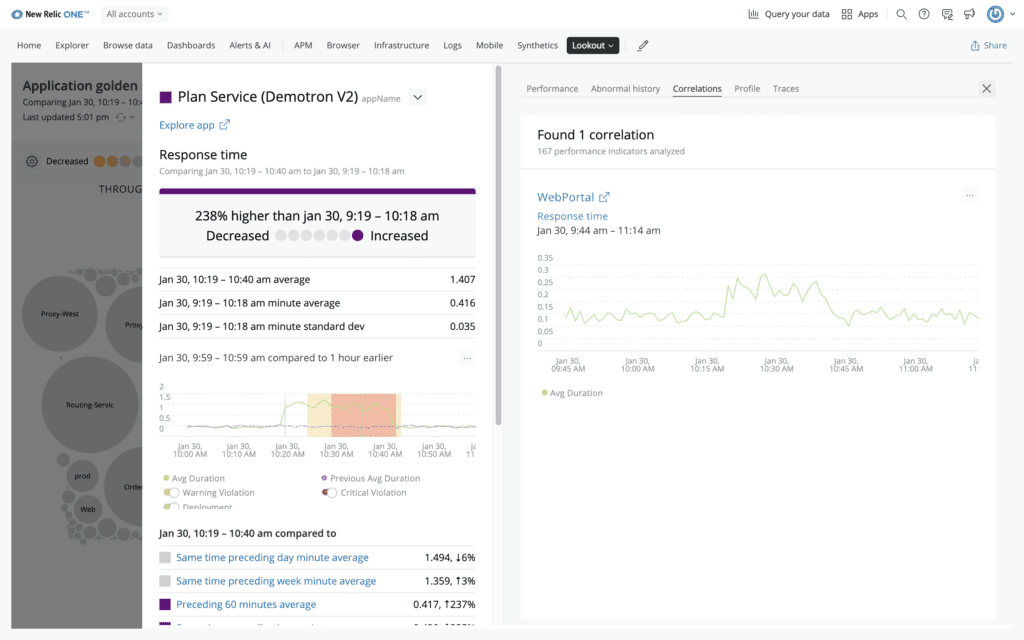
Ben adds, “Bangkok Bank relies on New Relic to manage the explosive growth in demand for mobile and digital banking. Zalora, a leader in the Asian industry, leverages a comprehensive toolset from New Relic that offers different features in a single platform that is easy to integrate.”
From the newly flourishing India market, Vidhur confirmed, “With our platform, Bengaluru-based omnichannel loyalty management and customer engagement platform, Capillary Technologies saw 75-80% improvement in troubleshooting times, cutting issue resolution from over an hour to less than 10 minutes. The uptime and platform stability improved significantly, from 99.5% uptime to consistently hitting 99.9%.” An Indian edtech unicorn called Unacademy is using the observability solutions from New Relic to visualize, analyze and troubleshoot their entire software stack in one connected experience.
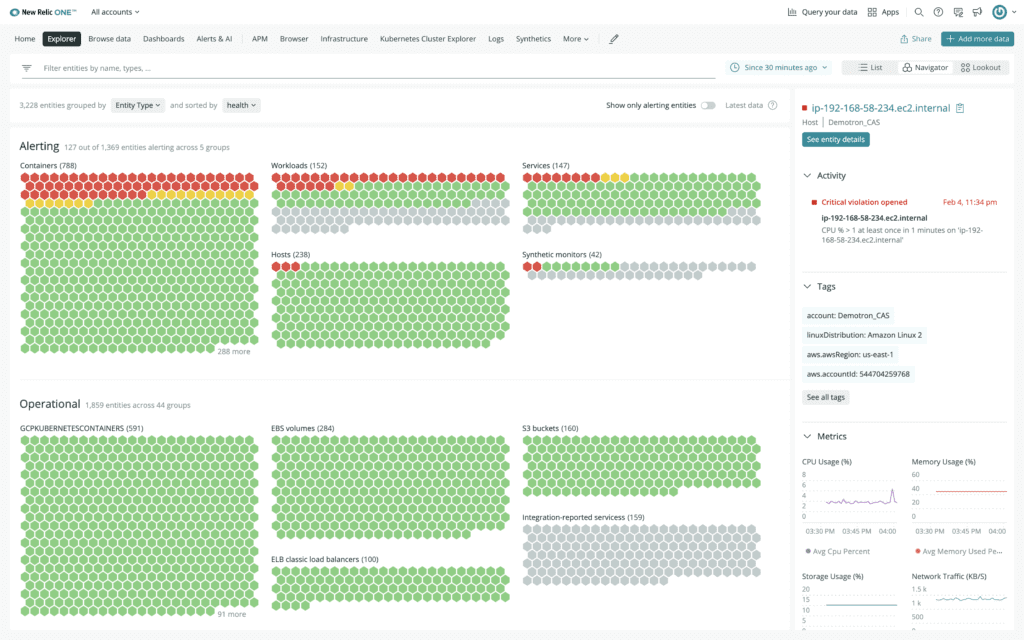
Bridging the gap between tech and business
Ben wants the tech industry to understand that the Observability platform is not just a tool to implement and use. A strong observability domain expertise is required for maximum yield within the business. “An observability dashboard will give the boardroom a view of the health of the organisation and the C-suite and the non-technical stakeholders will start to understand the benefits of observability and its criticality to the business. Thus, acting as a bridge between the tech and business.”
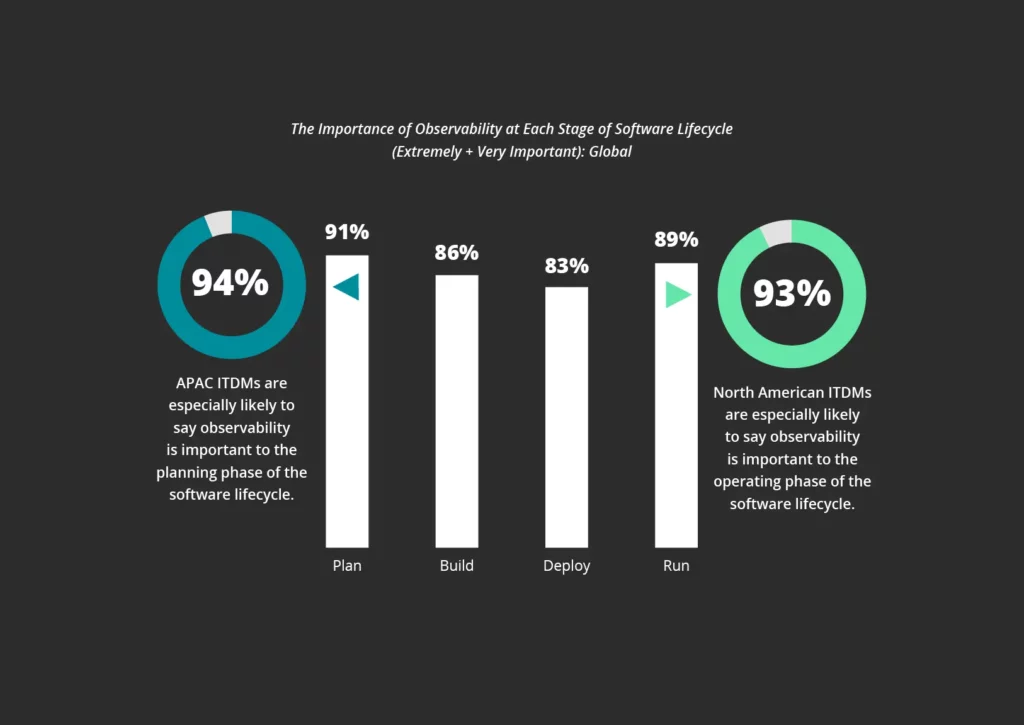
Implying on the importance of this tool, Vidhur said, “The observability market is a direct beneficiary of cloud adoption and the digital adoption trend globally. Observability will be the next battleground for customer experience. Open telemetry adoption will reach critical mass and central observability teams will become the norm, thus, no longer being relevant only to technology giants.”
Excerpts of an email interaction with New Relic team. Article by Ujal Nair


